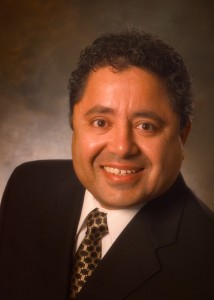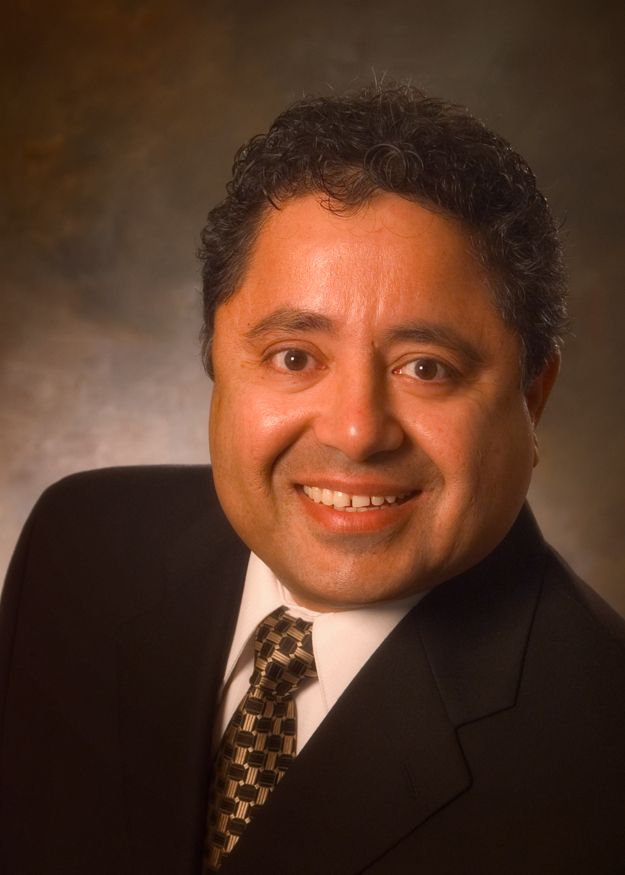Submitted by Dr. Gordon Dhanda, MD, South Sound Radiology

Radiology and nuclear medicine are integral parts of the modern health care system. With the exception of MRI and ultrasound examinations, radiological procedures and nuclear medicine tests require the use of ionizing radiation. Since the advent of advanced imaging technologies, there has been a marked increase in the use of imaging procedures that require radiation. In 1980, only three million CT examinations were performed. However, by 2005, the number of performed CT examinations had increased to sixty million. During that same period, nuclear medicine examinations increased from seven million to twenty million. This increased use of imaging procedures has been met with increased concerns regarding safety and the possibility of increased risk of cancer development.
Because high doses of radiation can cause cancer, it is generally assumed that low doses may also cause cancer. This assumption is based upon studies of survivors of bombs dropped on Hiroshima and Nagasaki. The atomic bomb survivors who were exposed to high doses of radiation definitely had an increased risk of cancer later on in life. The proposed risk for low medical doses of radiation represents an extrapolation from the risk observed for high doses received by the atomic bomb survivors.
The FDA has taken this approach of extrapolation for estimation of cancer development risk following medical radiation exposure. It has been calculated that the risk of fatal cancer after radiation dose of 10 millisieverts (mSv) is approximately one chance in two thousand (1:2000). Another way to think about the risk is to focus on the likelihood that something will not happen rather than the odds that it will happen. For example, a 1:2000 risk of cancer means that there is a 99.95% chance of not getting cancer.
The table below puts the risk of cancer development with radiation in the context of other risks that are of similar magnitude.
| Risk | |
| Dying from appendicitis in a modern hospital | 1:263 |
| Lifetime risk of lung cancer in a nonsmoker | 1:714 |
| Lifetime risk of death in fire or from smoke inhalation | 1:1116 |
| Lifetime risk of fatal cancer after a typical CT scan | 1:2000 |
| Lifetime risk of dying in accident after driving 40,000 miles in a car | 1:2000 |
All humans endure a constitutive exposure to ionizing radiation (background radiation), mainly from the sun (cosmic rays) and from soil (radon). The exact amount of background radiation that one receives depends upon the altitude and geographic location; however, it ranges from 3 to 5 mSv. The typical radiation doses associated with some common radiology and nuclear medicine tests are shown below.
| Test | Does in mSv | Equivalent of Background Radiation |
| PA and lateral chest radiograph | 0.06 – 0.1 | 8 – 12 days |
| Abdomen radiograph | 0.5 – 0.7 | 62 – 88 days |
| Head CT | 2.0 | 8 months |
| Abdomen/pelvis CT | 10.0 | 3 years |
| Mammography | 0.13 – 0.7 | 16 – 88 days |
| DEXA scan | 0.01 | 1 day |
| Whole body bone scan | 4.2 | 1 years 5 months |
| Heart scan (rest with 201 thallium chloride) | 11.8 | 3 years 9 months |
| Heart scan (stress with Myoview) | 5.6 | 1 year 10 months |
| Whole body PET CT | 8.5 – 10.3 | 3 years |
The dramatic evolution of imaging has also resulted in a significant increase in the population’s cumulative exposure to ionizing radiation. It is not certain whether this will cause an increased development of cancer in the future, but it is assumed that, at some level, it will. Therefore, it is imperative that patients’ exposure to radiation is minimized. At South Sound Radiology, patient safety and exposure to radiation is taken very seriously. Radiation exposure reduction strategies practiced at South Sound Radiology include consideration of non-ionizing radiation modalities (ultrasound and MRI), decreased doses for pediatric patient exams, patient shielding and reviewing and adjusting protocols to use the least amount of radiation for the highest quality imaging.
Referring physician and patient concern about radiation exposure is understandable. However, undue anxiety about the cancer risk of radiation could potentially expose patients to far greater risks from delayed diagnosis or incorrect management. The benefits of radiology and nuclear medicine imaging are immense and certainly exceed the risks, when practiced with care.
References:
- Radiologyinfo.org
- Health Physics Society, http://hps.org
- Journal of the American College of Radiology, 2007: 4:272-284, White Paper on Radiation Dose in Medicine
- National Highway Traffic Safety Administration





















































